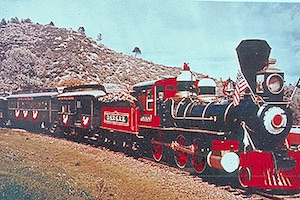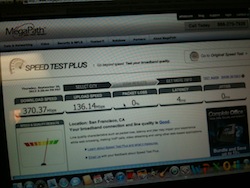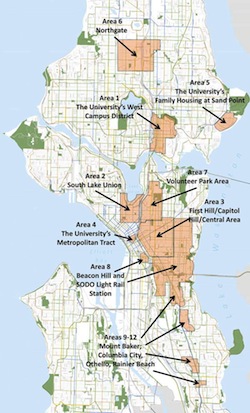Antique tech is good enough for USDA, so it must be fine for everyone else
![By Soupmeister (The Computer Section) [CC BY-SA 2.0 (https://creativecommons.org/licenses/by-sa/2.0)], via Wikimedia Commons](https://www.tellusventure.com/images/2016/5/retrosystems.jpg)
We’re upgrading to Pong next year.
All of a sudden, the U.S. Department of Agriculture’s – and, consequently, the Federal Communication Commission’s – belief that slow 10 Mbps download and 1 Mbps upload speeds are adequate benchmarks for rural broadband infrastructure development makes sense. Technologically, the USDA is a decade behind everyone else. That’s an entire lifetime in Silicon Valley dog years.
I had signed up for a USDA webinar on the new round of the Community Connect broadband grant program yesterday (which sets an even lower, 4 Mbps download standard).… More






